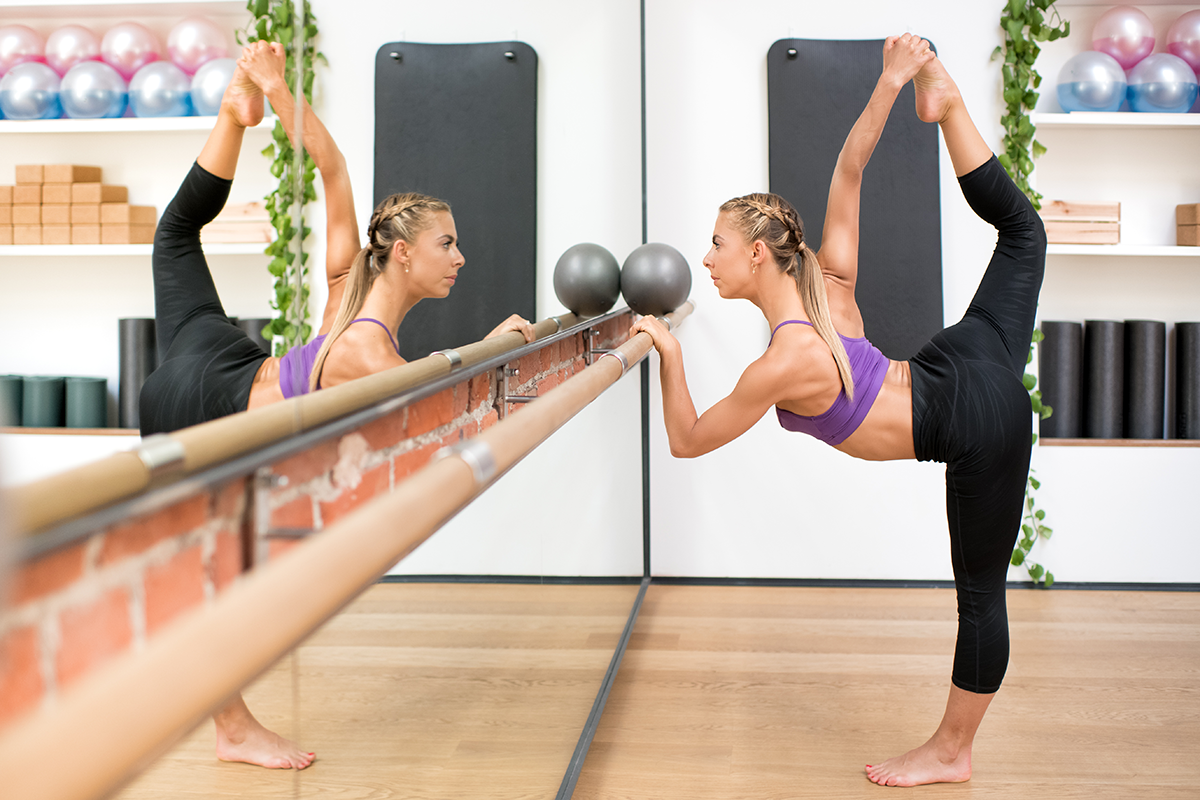
Low-impact exercises are popular across many age groups. Low impact doesn’t mean less exercise, fewer calories burned, or less movement, but rather avoids explosive movements like jumping and running. Common low-impact exercises include pilates, dance, and barre. An orthopedic surgeon from Baylor Medicine explains the benefits of these exercises.
“Low impact means you’re not doing explosive movements that can put a lot of stress on your joints,” says Dr. Philip Williams, assistant professor of orthopedic surgery at the Joseph Barnhart School of Medicine at Baylor College of Medicine. “The benefit of low impact is that you can train for longer periods of time without the potential for overuse injury or joint injury.”
People with joint problems often don’t like high-impact exercises. If a runner experiences pain, they may have a joint problem and should get it checked out. Instead, Williams recommends low-impact exercises like dance, ballet, pilates and other low-impact sports to prevent further impact on the joints.
Dance, Pilates and ballet are all about balance and core strength. Whereas strength training breaks down muscles, creating micro-tears so they can regrow stronger, Pilates stretches and stimulates muscles, helping to improve overall mobility, balance and core strength.
A strong core can help reduce back pain. Core muscles are located in the front of the spine and help relieve tension in the lower back. Balance prevents injury, and as we age we face more balance issues. Engaging in exercises that specifically address balance problems (such as pilates, dance, and ballet) can help prevent falls. Also, as we age, we become less flexible, increasing the likelihood of muscle and tendon tears. Keeping muscles and tendons flexible and soft can help prevent overuse injuries.
“People who do vigorous exercise too often without stretching and warming up properly can damage muscles and tendons, causing serious injuries that could require surgery. A good way to prevent that is to commit to an exercise plan that incorporates flexibility and stretching,” he said.
Williams recommends “periodizing” your muscles and breaking up your weightlifting routine with lower-impact workouts like dance, pilates or barre. Periodization means varying your training methods to stress your muscles in different ways. This helps with muscle growth and injury prevention because muscles aren’t worked as hard as they should be.
“It basically gives your muscles, tendons and your whole body a rest, but it also gives you an opportunity to recover and challenge yourself in a different way that’s good for your overall health,” he said.
By Homa Warren

